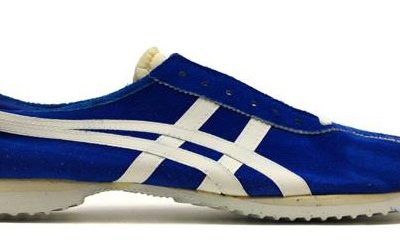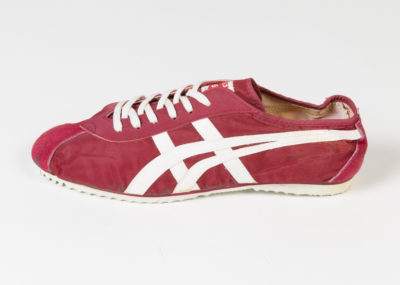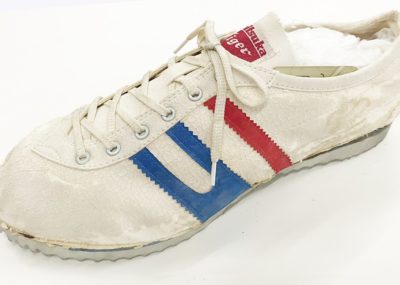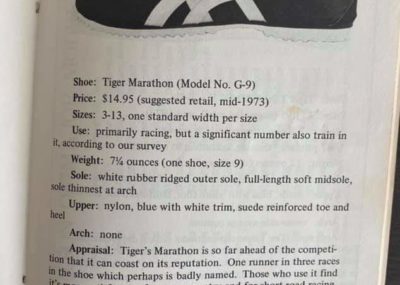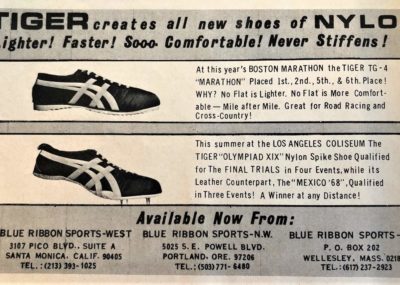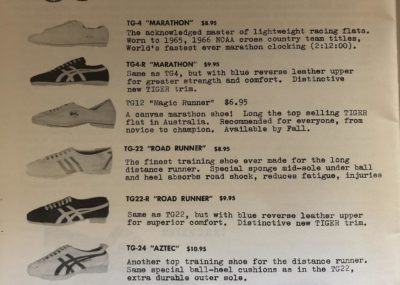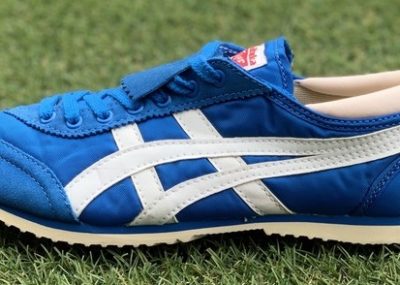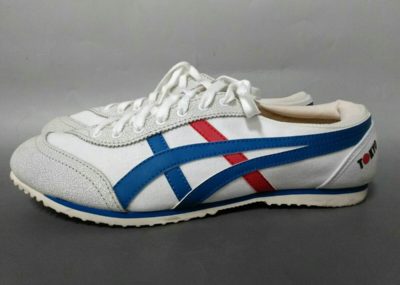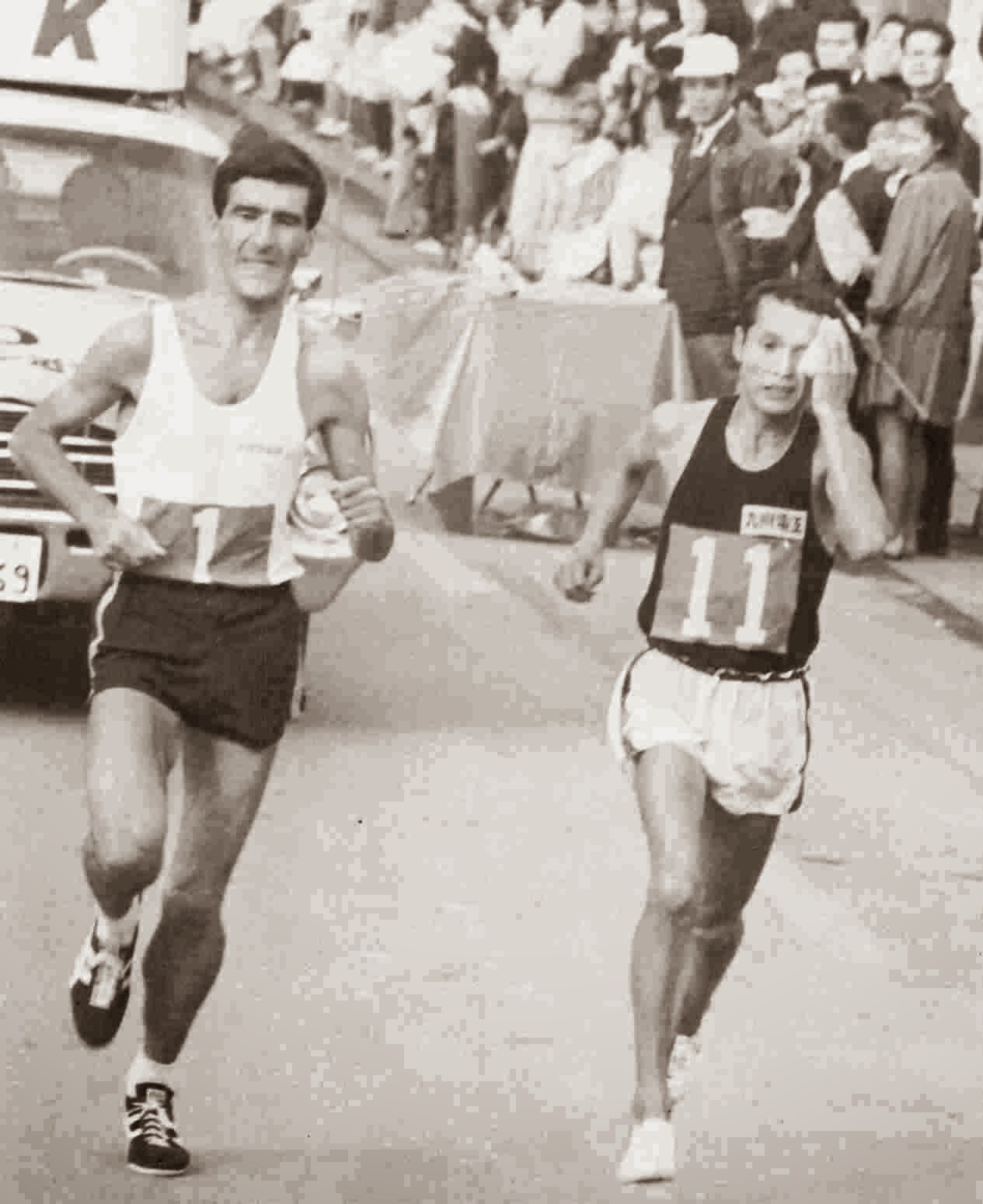
- Source: Unknown (please contact me if this is your photo)
3-Dec-1967 – Fukuoka Marathon – 2:09:36.4 – Onitsuka Tiger Bangkok
Date of birth: 17-Nov-1942
Nationality: Australian
World Record Duration: 2 years, 7 months, 20 days
The athlete:
Derek Clayton was not the favourite coming into the 1967 Fukuoka Marathon by any measure. While talented, his marathon personal best at that point had been 2:18:28, although he had otherwise won the Australian marathon championship. It would be Clayton’s fifth ever marathon and his first outside of Australia. With ideal conditions available, the field set out at blistering speed. Clayton was suffering from the outset but kept finding more pace, passing the 10 kilometre mark in just under thirty minutes. His only competition was Mike Ryan, who had won the marathon the previous year.
Clayton demolished the first 20 kilometres in 59:59, becoming the first man in history to do so during the marathon distance. While Ryan was dropping back, rising star Seiichiro Sasaki was starting to gain. Many felt that Clayton would not be able to keep up the frenetic pace, his tall build different from the usual lithe marathon athlete.
Sasaki caught Clayton at the 29 kilometre mark, the two duelling over the next 5 kilometres until a side stitch hit the Japanese runner. Clayton pounced, and did not relinquish the lead. Although starting to slow, it was clear he had the chance to set the new world record. Crossing the line, Clayton did not even realise he had just taken nearly three minutes of the previous benchmark until handed the evidence.
Although Clayton would go on to set another, albeit disputed, marathon world record in 1969, he could not convert his performance to gold at either the Olympics or Commonwealth Games. Clayton was still one of the most dedicated athletes in the list, putting in as much as 255 kilometres of training each week. His body paid the price, the Australian undergoing seven surgeries relating to his running including four to his Achilles tendon. Clayton did not have a coach, relying on trial and error. While he would retire in 1974, his achievements would inspire future generations of Australian athletes.
The shoes:
Legend has it that Clayton was only given the red suede Onitsuka Tiger shoes he wore shortly before the 1967 Fukuoka Marathon. We have a picture of him holding them, and you can see that the upper was one piece of suede. This likely marks it out as a personalised version of the Onitsuka Tiger Bangkok model, which was effectively the Marup racing flat but with suede for the upper. The version that was released more widely was in blue but thanks to Adi78 on Instagram we have a catalogue shot that tells us it also released in the dark red that Clayton wore.
It was different to the shoes Clayton had trained in, which were the Dunlop Volley tennis shoe. That particular model is iconic to Australians, with many top tennis players wearing them at the time. With thin canvas uppers and herringbone rubber outsole, they made quite effective albeit minimalist running shoes.
It was the same year that Onitsuka Tiger had introduced nylon twill fabric for the uppers of the Marup model, known in some markets as the Marathon. It used blended layers of nylon twill, polyurethane foam, and nylon tricot. Nylon tricot is a knitted fabric, and in combination with the other two created a lighter, more breathable, and flexible upper compared with leather. It also helped the shoe mould to the foot.
The rubber sponge midsole had first been introduced in 1956, offering much greater cushioning and durability than plain rubber. It also saved weight, which is why it featured in the Marup when it was released in 1957, which soon became the Super Marup in 1959.
More importantly for the brand identity of Onitsuka Tiger, it was the year after 1966 when they adopted what are now known as the Tiger Stripes. These overlays would soon become synonymous with Onitsuka Tiger, and differentiate the brand visually from its competitors. The model, in slightly updated form, was used to set the marathon world record in 1978 by Shigeru So, and was still winning marathons on the feet of Toshihiko Seko as late as 1983.
Onitsuka Tiger brought back the Marup, in Super Marup form, for the 2004 Olympics. Featuring the overlays from the 1959 model but with Tiger Stripes, the upper either in nylon or canvas.
References:
Running to the top by Derek Clayton
https://en.wikipedia.org/wiki/Derek_Clayton
https://www.runnerstribe.com/members-only-features/blood-dunlop-volleys-world-records-the-derek-clayton-story/
https://www.shoesyourvintage.com/product/vintage-early-70s-onitsuka-tiger-marathon/
http://www.runningpast.com/jim_fixx_shoes.htm
http://www.nosugar.co.uk/index.php
https://vault.si.com/vault/1969/08/04/this-is-one-stag-who-can-outrun-the-hounds
https://www.runnersworld.com/runners-stories/a26415741/asics-founder-kihachiro-onitsuka/
https://www.worldathletics.org/news/news/marathon-part-2-1967
http://aims-worldrunning.org/articles/777-derek-clayton.html
https://www.time-to-run.com/marathon/athletes/men/derek-clayton
https://corp.asics.com/en/about_asics/history
https://www.overkillblog.com/2017/08/01/kenny-moore-der-mann-hinter-dem-nike-cortez/
https://www.instagram.com/funkyadi78/

